
Lavender fields abound in Grasse-to the delight of all who visit.
The morning air is sweet with the scent of just-emerged Rosa centifolia blossoms cascading over fields thriving in southern Provence. Late April or early May-dependent on the weather, as in a vineyard-is when the fields begin to hum with activity as harvesters filter in to pluck the precious flowers the same day it’s bloomed (otherwise it’s unusable). The ritualistic picking is done by hand in the mornings over several weeks and is meticulous-the fragile flowers are broken off and the bounteous petals are gently dropped into burlap bags that are taken to the factory within hours for immediate distillation.
It’s a romantic vision, but not without plenty of work-pickers collecting up to six kilos of roses per hour. Still, spring is a heavenly time to be in and around the perfume mecca of Grasse. It’s been nearly 500 years since the inland town, close to Nice and Cannes, began perfume production-an endeavor that was initially taken on in order to mask the stink wafting up from the town’s tanneries. By 1798, perfume won out over leather as Grasse’s bountiful blooms became famous throughout Europe. The pristine medieval village is now awaiting a decision by UNESCO on a proposal to classify the cradle of fragrance flowers as a World Heritage Site for Intangible Cultural Heritage of Humanity.

The ritualistic flower picking is done by hand in the mornings over several weeks and is meticulous.
A favorable microclimate is to thank for the region’s continued success that crystalized in the early 20th century when it became recognized as the international capital of exceptional flowers and perfumery. Rosa centifolia, dubbed May rose for the month in which the flowers bloom, and fine jasmine have made perhaps the most profound impact on the luxury fragrance industry-so much so that Chanel and Dior rely on the annual harvest for some of their most legendary scents. “Rose harvesting is a deep-seated tradition in the South of France,” says Fabrice Pellegrin, perfumer at Firmenich (which has made iconic fragrances for the likes of Issey Miyake, Kenzo, Ralph Lauren and Giorgio Armani), one of the most important players in the exceptional rose de Mai extraction in Grasse.
Its legacy is so important that for the past few years, says Pellegrin, Grasse Town Hall has made efforts to help extend perfume fields, allowing growers to plant new flower plots around the city. (Rare and precious flowers there also include tuberose, orris, violet leaves, lavender and orange flowers.) Firmenich also leads an initiative called #NaturalsTogether, partnering with local farmers to support them in ensuring the best quality ingredients and preserving the resources for the future.

Rose harvesting is a deep-seated tradition in the South of France.
Indeed, not all farms are created equally. Christian Dior, who adored flowers, acquired the Château de La Colle Noire in Montauroux near Grasse in 1951 and set about planting ambitious and sublime gardens, leaving behind fields of now-rare Jasmine grandiflorum and May rose flowers-cultivated with water brought from Montauroux village-when he passed away in 1957. (In 2016 Christian Dior Parfums reinvested in the chateau and re-created his garden, replanting the signature blooms in a tribute.) From Dior’s very first fragrance, Provence was his muse. Dior described the native scent as the “perfume of contented nature.” And “Miss Dior,” he said, “was born of those Provençal evenings, alive with fireflies, where young jasmine plays a descant to the melody of the night and the land.”
More recently, Dior perfume-creator François Demachy, raised in Grasse, created exclusive partnerships with Domaine de Manon and the Clos de Callian (which has 20,000 May rose plants imbued with scents of different facets thanks to an ambient ecosystem), where the entire three-hectare harvest is reserved for the fashion house. The May rose at Domaine de Manon, grown in a highly productive passed-down technique, is called “both subtle and honeyed” by fourth-generation heiress Carole Biancalana.
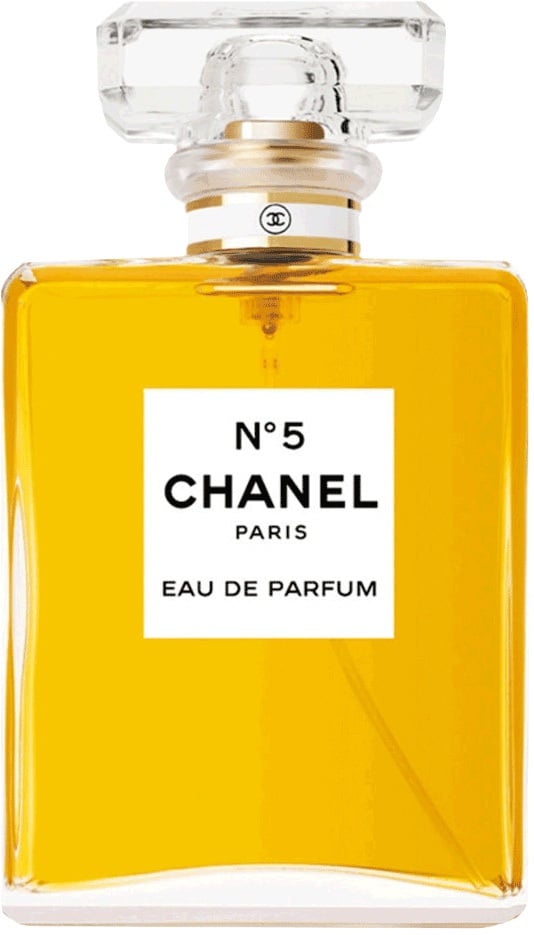
Chanel sources flower buds from a generations-old farm for its fragrances.
For its part, Chanel looks to the local Mul family for its buds, grown on a generations-old farm. Their long-term presence in the area is of no surprise, considering it takes 1,000 jasmine flowers and a dozen May roses to make one single ounce of Chanel No. 5. (The jasmine harvest, from July to October, sees workers at dawn picking thousands of minuscule white bells that blossomed overnight.)
Lavender, to the joy of springtime travelers, is another major ingredient, and is at the heart of Frédéric Malle’s new Music for a While. “When you’re European and you smell lavender, you think of lavender sachets and this cliché of the South of France-it’s delicious,” he says of the interesting, bold accord perfumer Carlos Benaïm found in the botanical.

Rosa centifolia, dubbed May rose for the month in which the flowers bloom, have made perhaps the most profound impact on the luxury fragrance industry.
Interested parties staying nearby, on the French Riviera or even in Monaco (a one-hour drive) can get involved in the magical harvest beyond visiting the International Perfume Museum in Grasse, which has botanical gardens outside the city open to visitors. Guests of Parfumerie Galimard can peruse their flower fields in Gourdon, escorted by a master gardener; lavender fields ready to run through, arms spread, aren’t hard to find; and with prior arrangements it’s possible to tour the exclusive Domaine de Manon and maybe even pick roses of your own. Even though we may be missing our chance to experience the magical harvest this year, never has the expression “stop and smell the roses” been more apropos.

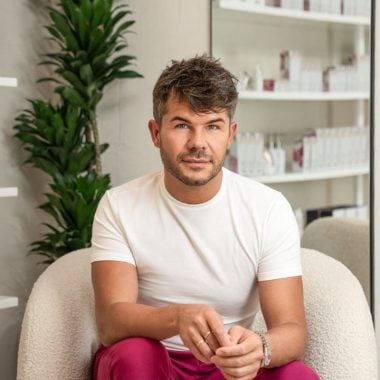
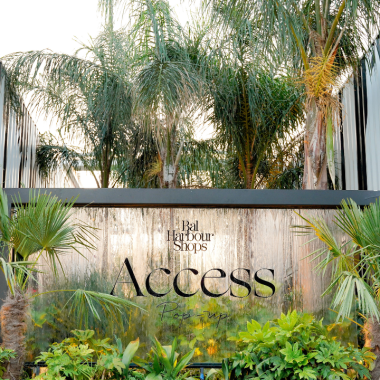
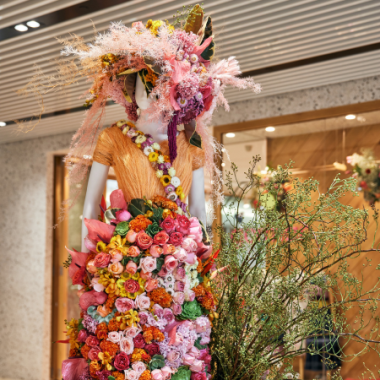

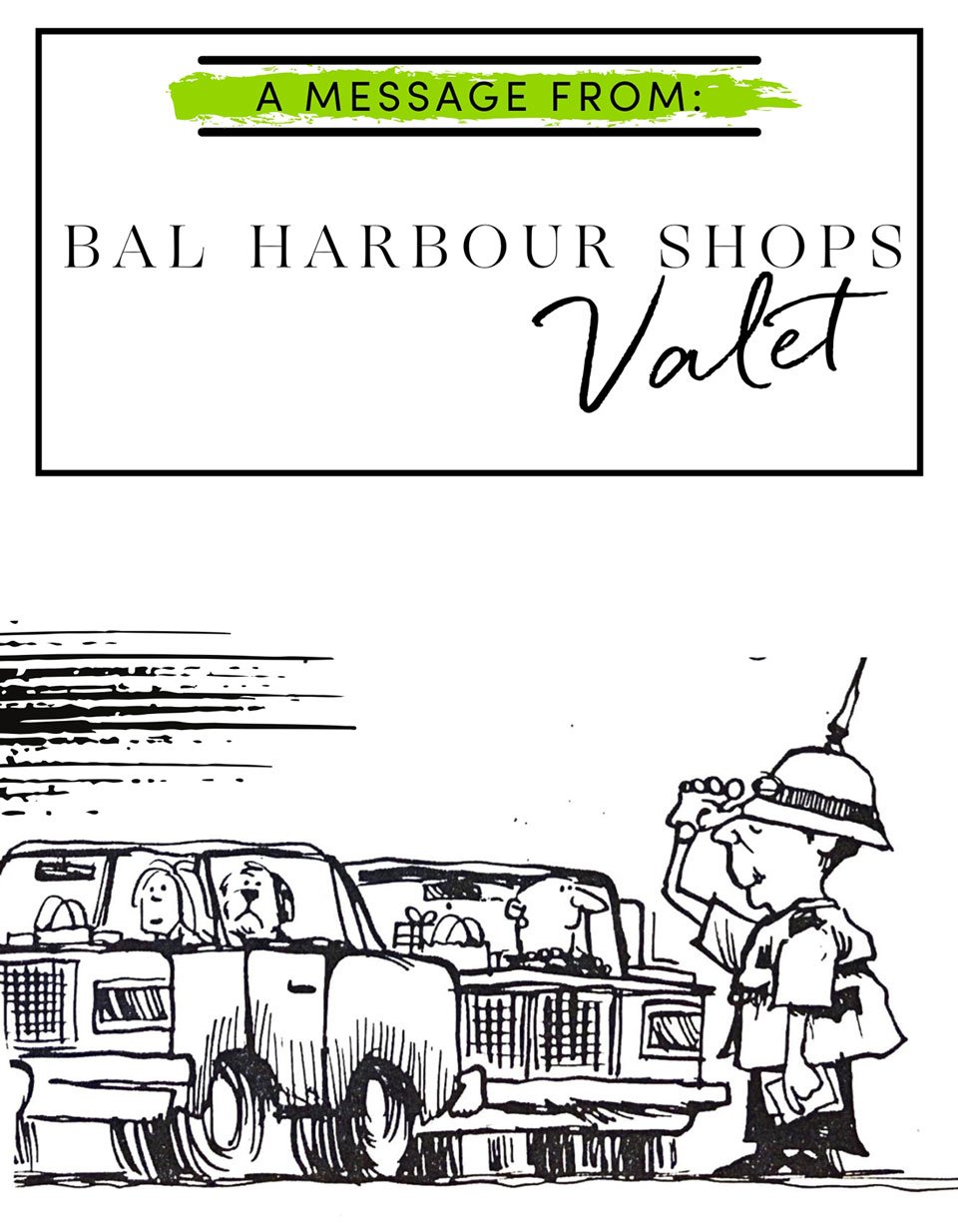
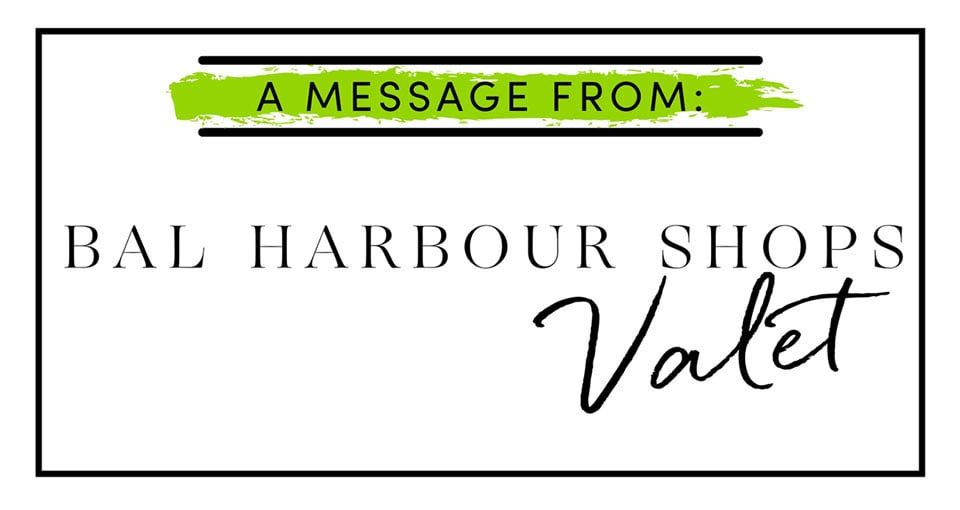
Leave a Comment